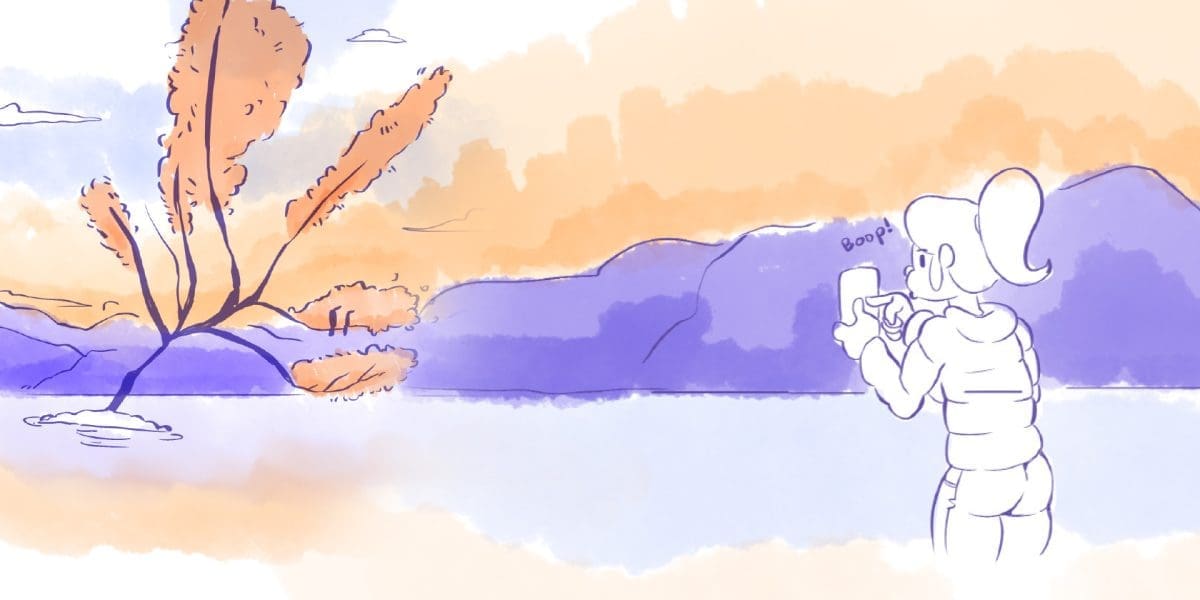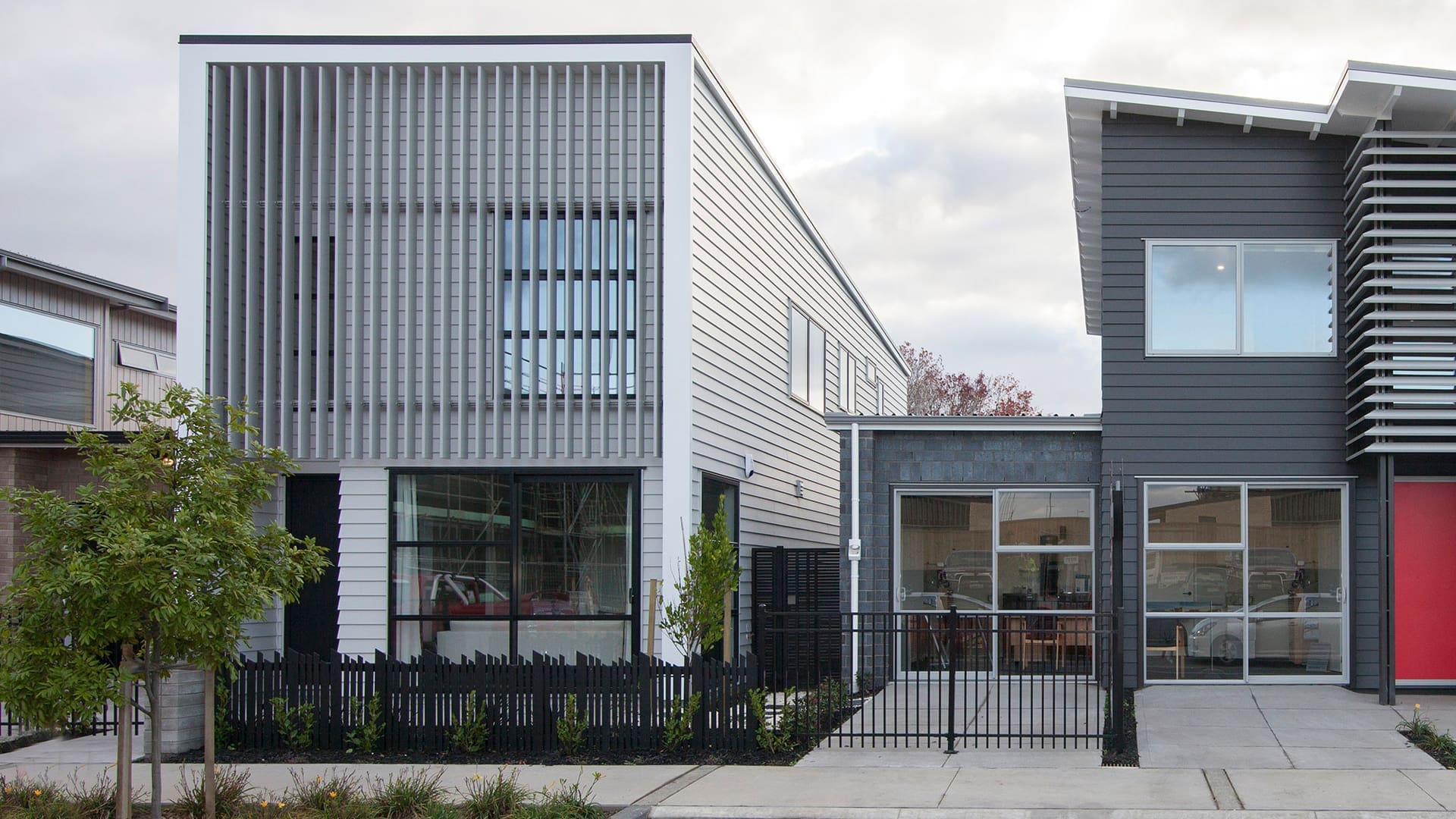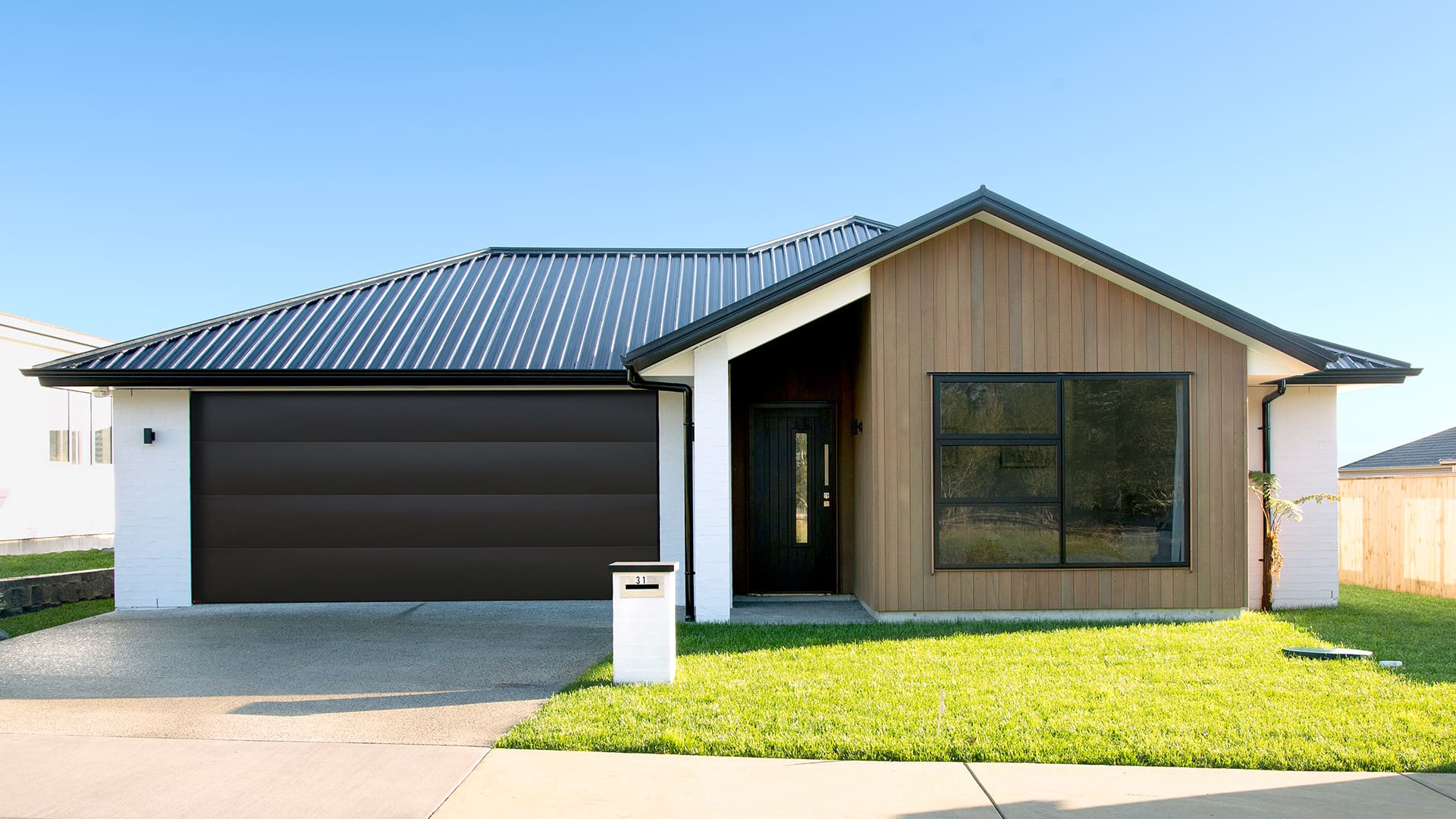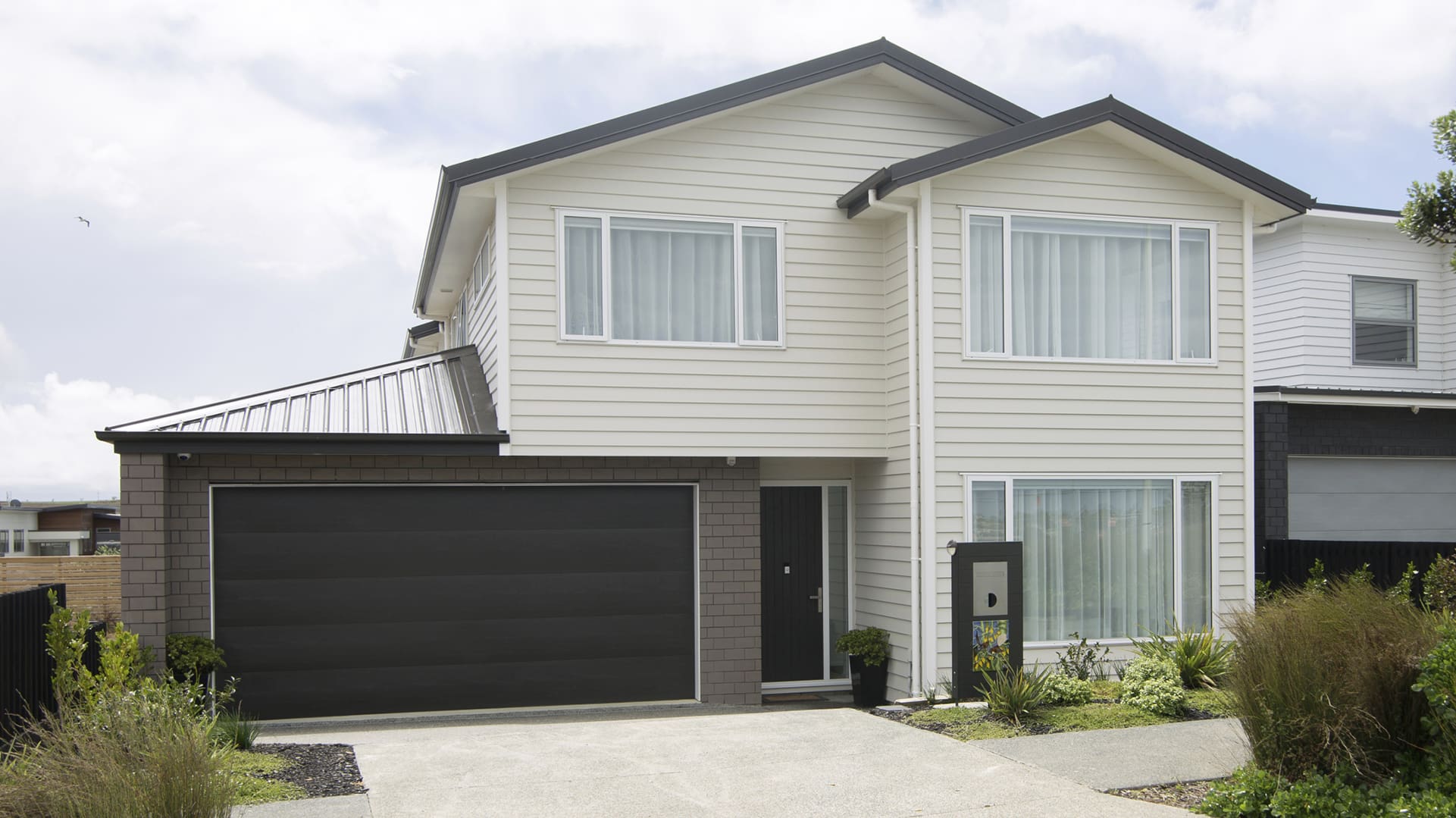That Wanaka Tree
Dad and I are striding along the shoreline of Lake Wānaka. The preceding week, which we spent at the top of the North Island, was blessed with clear blue skies, high temperatures and gentle breezes.
But we’re on the South Island now, substantially closer to Antarctica, and we’re experiencing the magic of the ‘southerlies’ which blow freezing air up from the icy continent. We grasp our jackets and walk at speed – more for the benefit of the warmth it’ll produce than the urgent need to get to our location faster. We’re walking 20 minutes in the cold and the wind and the threatening rain…to see a tree.
That Wānaka Tree* is a small willow tree that grows a few metres into the waters of Lake Wānaka. It’s a canny little shrub, that’s worked out the importance of location. Not particularly remarkable in and of itself, it stands against a backdrop of dramatic mountains that slope down into the waters of the lake. As such, it’s the most Instagrammed tree in New Zealand and, for some reason, it attracts hordes of tourists.
Ok, as one of the tourists stridently marching towards said tree, it’s disingenuous of me to play the ‘for some reason’ card. I know exactly why I’m going there. It’s because everyone else is going there, and I want to say I’ve been. I’m also 100% going to photograph it and put the photograph on Instagram. I’ll probably pull some kind of ironic face, or put a mildly cynical caption to the post to signal that I am not one of the earnest, silly tourists who’ve taken time out of their travels to look at a watery shrub
As we crunch along the lakeside gravel, we can see a clump of people in the distance.
“Is that it?” My dad asks. From this distance, you can barely see the tree, but I know those people are standing in roughly the right location, and, even from here, I can see that the crowd are all facing the same way, many with arms raised as they take photos.
“I think so,” I reply, and I almost want to apologise that I’m walking my dad towards an iconic tree that is so miniscule we can more easily see people in the distance than the tree itself. I start to feel a bit embarrassed. I’m convinced that when we get there, my dad will take one look at it, internally roll his eyes at what counts as tourism in this country, politely wait while I take photos,** and then brave the freezing 20 minute walk back to the town, where mum has very sensibly decided to stay and peruse the shops. He’s from the UK: he’s used to Roman ruins, Gothic churches, the London Eye. He travels Europe: he’s used to sprawling castles, towering cathedrals…really big IKEAs. Here I am, offering him a small tree. And I’ve just remembered. Hasn’t That Wānaka Tree had a few branches lopped off recently? I entertain the fact that there’s a very real possibility I’m taking my dad to see a highly photographed stump.
When we arrive, I’m relieved to see that it is indeed still (mostly) a tree. It had a few branches sawn off by vandals in 2019, so it’s a little skinnier than it’s been, but it’s still quite beautiful. Cormorants sit on its branches. There’s something otherworldly about the way it emerges from the water, the only tree growing out of a shimmering lake surface. But, at the end of the day (and I’m sorry if this is an unpopular opinion), it’s just a small, kinda scrawny tree. I turn to my dad to gauge his reaction, and I’m confronted by a sight even more rare and beautiful than a lake tree: him taking his phone out of his pocket and holding it up to take a photo. Until this point, I wasn’t fully certain that my dad knew his phone had a camera function.
The truth is, as a European, I find New Zealand tourism a bit weird. The Wānaka Tree illustrates this. Europeans are generally used to tourism revolving around history and architecture, even if we wouldn’t necessarily describe it that way. When we’re touristing, we’re generally looking for the big impressive buildings, and the places where important stuff once happened.*** Show us the castles, the pyramids, the ruins. It’s like wherever we go, we want to see proof of the humans that have been there before. Where are the people? What have they built? Where’s the proof of the stories they left behind?
New Zealand is different. In terms of human habitation, it’s one of the youngest countries in the world. Humans arrived here somewhere between the 13th and 14th Century, and the built environment is even younger: NZ’s oldest documented building has only recently turned 200. If you want to find the big, impressive (or even just the very old) buildings here, it’s going to be a relatively short tour. What we have instead can be divided into two dominant categories: the breathtakingly, significantly stunning; and the frankly weird. We have Aoraki Mount Cook, Mount Taranaki, Franz Josef Glacier, 90 Mile Beach, Tane Mahute, Lake Tekapo. We also have a small tree in a lake, a tiny church, a giant carrot, corrugated iron sheep, and a fence covered in bras. Kiwis understand that we can’t really hold a flame to the beauty and majesty of the natural world. If we’re going to create sights of our own, we might as well make them weird as f*ck. Case in point? Huka Prawn Park: ‘The Ultimate Prawn Themed Adventure Park.’
As we’ve travelled around New Zealand, my parents have encountered this wide range of sights with this same magical enthusiasm.**** An ethereal willow tree? Excellent. Enormous fake fruit? Stunning. Aoraki Mount Cook? Majestic. The local branch of Bunnings Warehouse? Exquisite. This approach to the world and all it has to offer has been eye opening and frankly broadening for me. Wherever we’ve gone and whatever we’ve done, my parents have found something to be awed, impressed, or entertained by.
As my dad and I return to the main strip of Wānaka shops, the heavens open. Despite the downpour, we spot my mum a little further down the shoreline. She’s standing in the rain, taking photos of the lake. I run up to her, all set to tell her she didn’t really miss much. Before I get a chance to say anything, she excitedly tells me about the public toilets she’s just visited.
Autumn 2025 Issue‘They’re like spaceship toilets!’ she says. Grabbing her phone from her pocket, she scrolls through dozens of photos of mountains, lakes, pie shops and enormous fruit statuesVAutumn 2025 Issue, to locate a video of the interior of the self-locking toilets just down the road. Through the phone, a voice announces that the doors are locked and she has a maximum use time of 10 minutes, before piano music starts to play. When the video ends, mum asks if we’ll be driving past the tree on our way out of Wānaka. Could we make a quick stop? She’d really like to see it.











